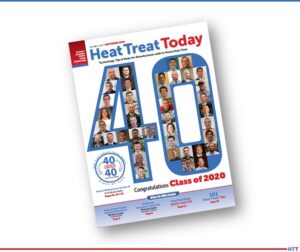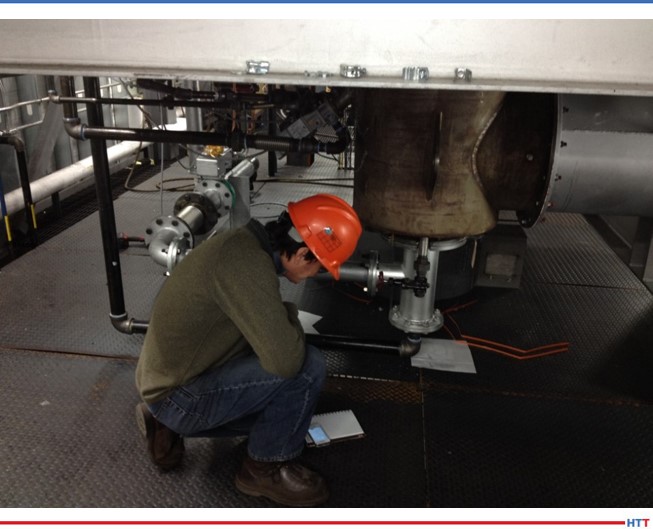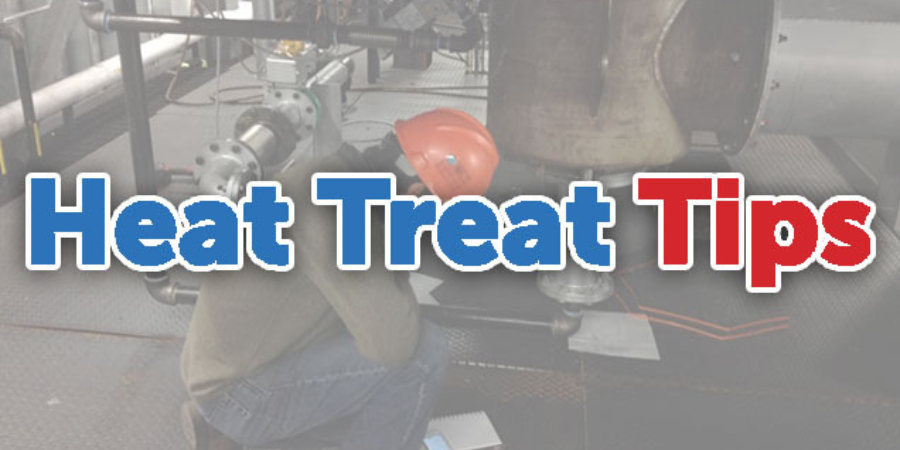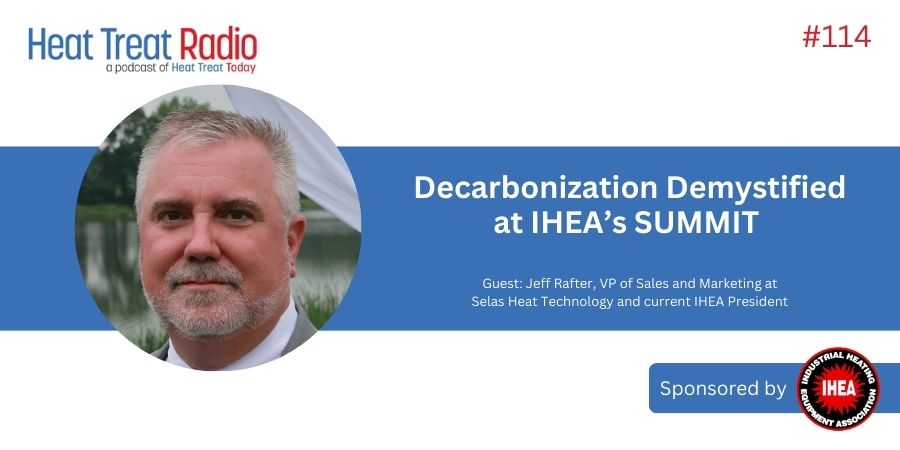 One of the great benefits of a community of heat treaters is the opportunity to challenge old habits and look at new ways of doing things. Heat Treat Today’s 101 Heat Treat Tips is another opportunity to learn the tips, tricks, and hacks from some of the industry’s foremost experts.
One of the great benefits of a community of heat treaters is the opportunity to challenge old habits and look at new ways of doing things. Heat Treat Today’s 101 Heat Treat Tips is another opportunity to learn the tips, tricks, and hacks from some of the industry’s foremost experts.
Heat Treat Today’s latest round of 101 Heat Treat Tips is featured in Heat Treat Today 2020 fall issue (also featuring the popular 40 Under 40).
Today’s selection includes three tips fromAjax TOCCO Magnethermic, Bloom Engineering, and PhoenixTM. With these lists it will be easy to answer your coil, combustion, and robot questions.
Heat Treat Tip #5
Induction Coil Maintenance Tips
Coil cooling water is the lifeblood of the induction coil. Water conductivity, passage restrictions, and re-circulating temperatures for cooling water all play a critical role in the life of the induction coil. Some tips to get the most out of your system:
• inspect hoses for crimping after each installation;
• use tie wraps for hose routing;
• ensure water valves are open—never leave it to the operator;
• utilize interlock system to prevent or detect failures;
• avoid “O” ring connections on water paths;
• store coils in a safe, secure location;
• achive water conductivity maximum of 300 UMHO/CM;
• maintain better life at 20 to 50 UMHO/CM;
• keep water hardness under 100 PPM;
• maintain 70 to 7.5 pH;
• flush with lime-away, CLR, or humidifier cleaner on a regular basis.
(Ajax TOCCO Magnethermic)
Heat Treat Tip #17
4 Reasons Not to Overlook Combustion System Maintenance
Anyone who has operated a direct fired furnace, especially one that relies on pressure balance ratio regulators for ratio control, knows that regular tuning is needed to keep the process running with the proper air to fuel ratio.
Here are 4 reasons not to skip regular combustion system tuning:
- It can cost you money: Operating with more air than needed will reduce your furnaces efficiency and require you to burn more fuel. Conversely, operating air deficient, unless necessary for the process, results in unburned fuel being released with the exhaust gasses. In most cases the unburned fuel going up your stack is energy that you paid for.
- It can decrease product quality and yield: For many ferrous metals too much excess air will result in excess scale formation at high processing temperatures. On the contrary other materials such as titanium need to be processed with excess air to prevent Hydrogen pickup.
- It can reduce your furnace’s reliability: The burners on your direct fired furnace will have a defined range of acceptable air to fuel ratios for proper operation. If your system wanders outside of this range, which can be fairly tight with today’s ultra-low NOx burners, you could start to see flame failures that result in unplanned shutdowns.
- It can be a safety hazard: Apart from the possibility of causing burner instability, running with too little air will increase CO emissions. Unless your furnace is designed to safety exhaust CO you could end up exposing personnel working near your furnace to this deadly gas.
(Bloom Engineering)
Heat Treat Tip #31
How to make thru-process temperature monitoring robot friendly!
In modern rotary hearth furnaces as shown in the picture, temperature profiling using trailing thermocouples is impossible as the cables would wind up in the furnace transfer mechanism.
- Due to the central robot loading and unloading and elimination of charging racks/baskets the use of a conventional thru-process system would also be a challenge.
- Faced with such loading restrictions it is necessary to fit the thermal barrier inside the cavity of the product (engine block shown) and allow automated loading of the complete combined monitoring system and product.
- To allow miniaturization of the thermal barrier to fit, but also provide sufficient thermal protection, the use of phased evaporation technology is critical. Such a system allowed BSN Thermoprozesstechnik GmbH in Germany to commission such a furnace accurately and efficiently and thereby optimize settings to not only achieve product quality but ensure energy efficient, cost effective production.
(PhoenixTM)







